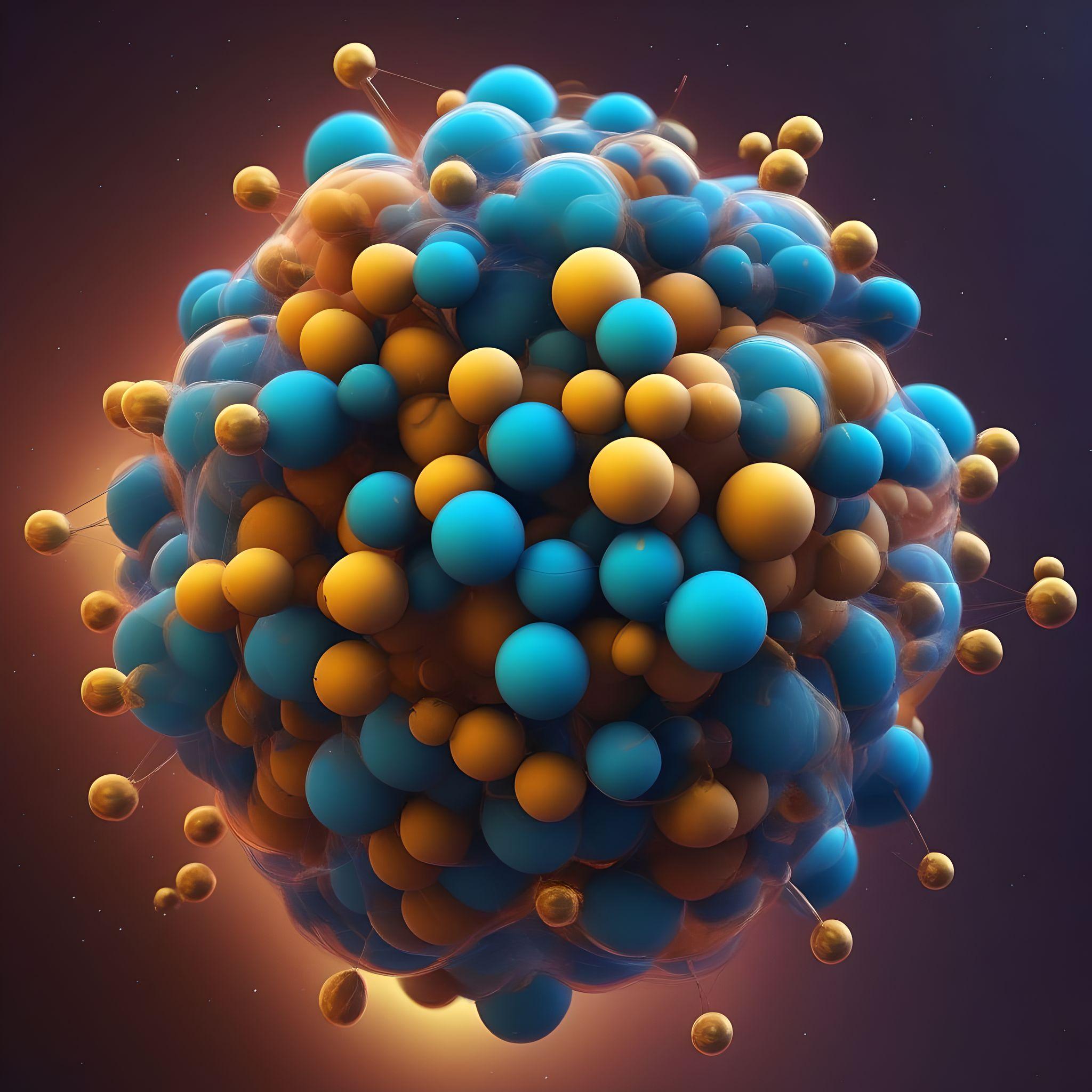In a major scientific breakthrough, physicists have successfully imaged small clusters of noble gas atoms directly, and for the first time, at room temperature.
“We were investigating the use of ion irradiation to modify the properties of graphene and other two-dimensional materials when we noticed something unusual: when noble gases are used to irradiate, they can get trapped between two sheets of graphene,” said University of Vienna’s Dr. Jani Kotakoski and colleagues.

“This happens when noble gas ions are fast enough to pass through the first but not the second graphene layer.”
“Once trapped between the layers, the noble gases are free to move. This is because they do not form chemical bonds.”
“However, in order to accommodate the noble gas atoms, the graphene bends to form tiny pockets.”
“Here, two or more noble gas atoms can meet and form regular, densely packed, two-dimensional noble gas nanoclusters.”
The team’s method overcomes the difficulty that noble gases do not form stable structures under experimental conditions at ambient temperatures.
“We used scanning transmission electron microscopy to observe these clusters, and they are really fascinating and a lot of fun to watch,” said Dr. Manuel Längle, a physicist at the University of Vienna.
“They rotate, jump, grow and shrink as we image them.”
“Getting the atoms between the layers was the hardest part of the work.”
“Now that we have achieved this, we have a simple system for studying fundamental processes related to material growth and behavior.”
“The next steps are to study the properties of clusters with different noble gases and how they behave at low and high temperatures,” Dr. Kotakoski added.
“Due to the use of noble gases in light sources and lasers, these new structures may in future enable applications for example in quantum information technology.”
Study paper:
M. Längle et al. Two-dimensional few-atom noble gas clusters in a graphene sandwich. Nat. Mater, published online January 11, 2024; doi: 10.1038/s41563-023-01780-1
Discover

Quantum Supremacy:
How the Quantum Computer Revolution Will Change Everything
$14.99 (40% off)
An exhilarating tour of humanity’s next great technological achievement—quantum computing—which may supercharge artificial intelligence, solve some of humanity’s biggest problems

